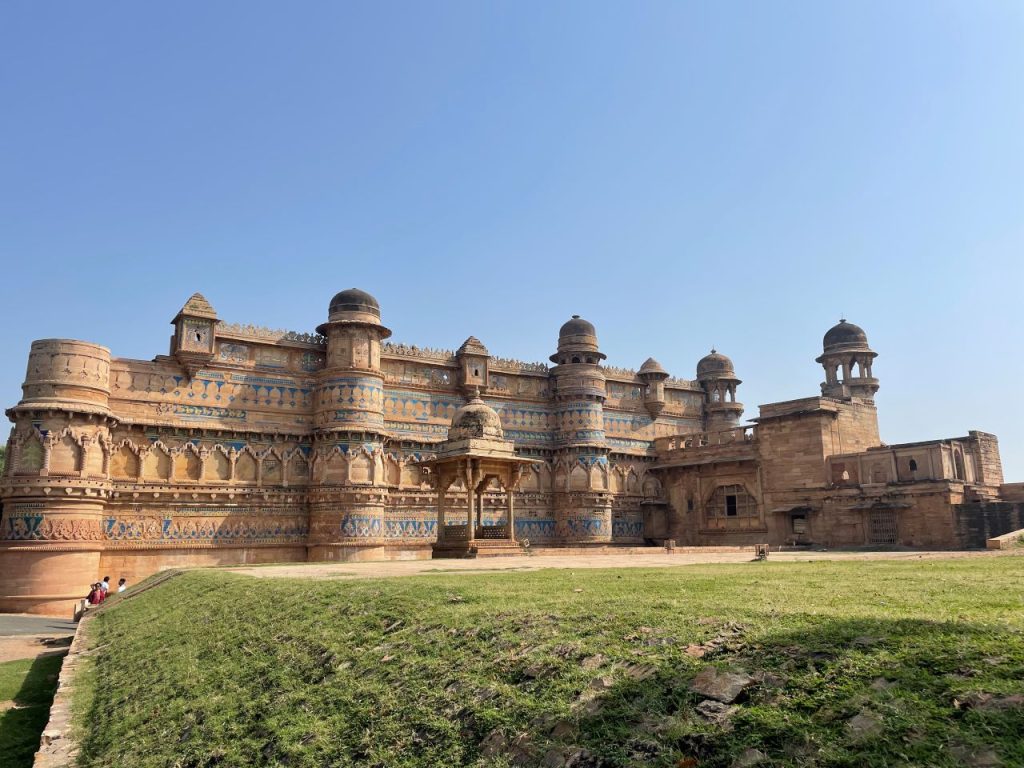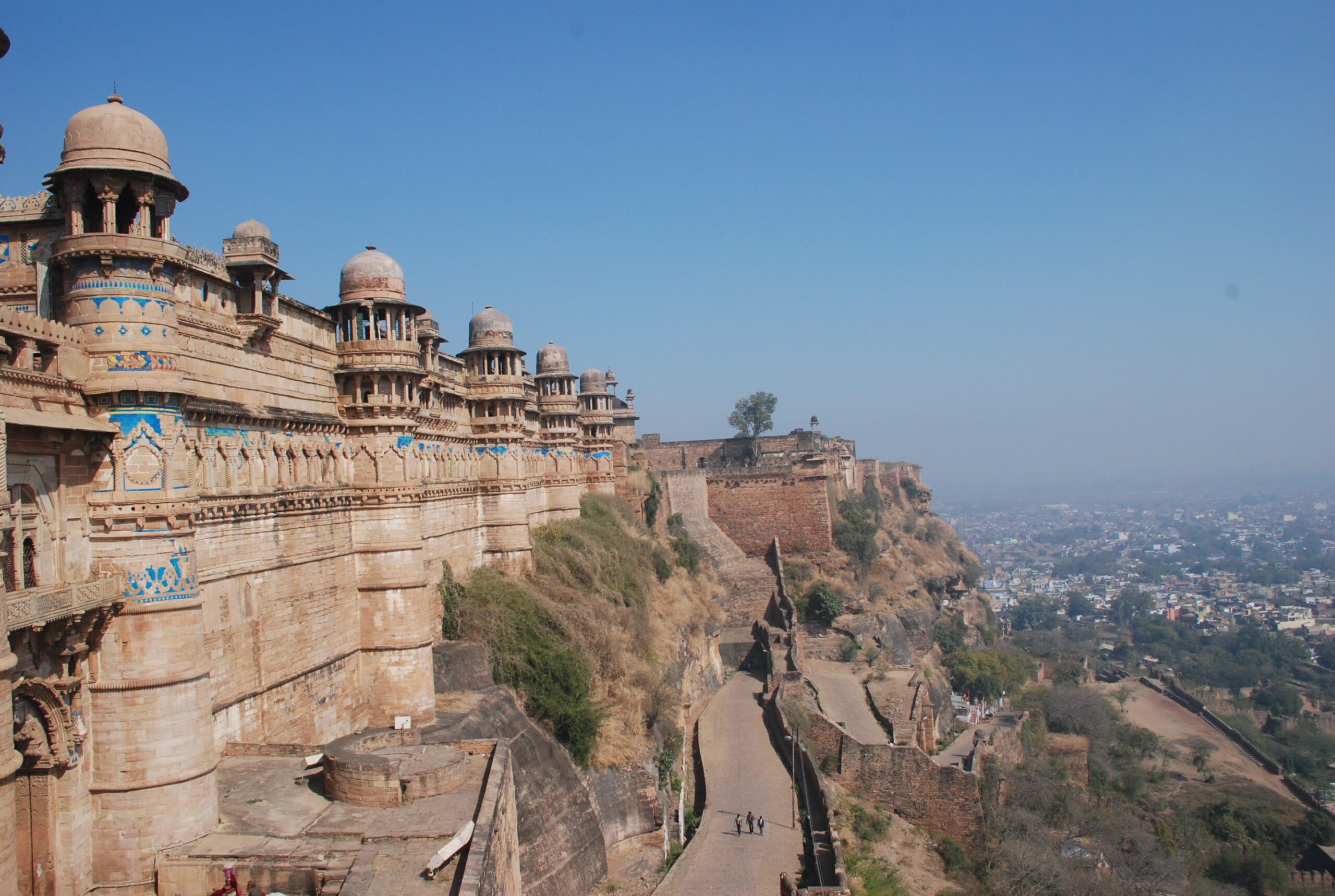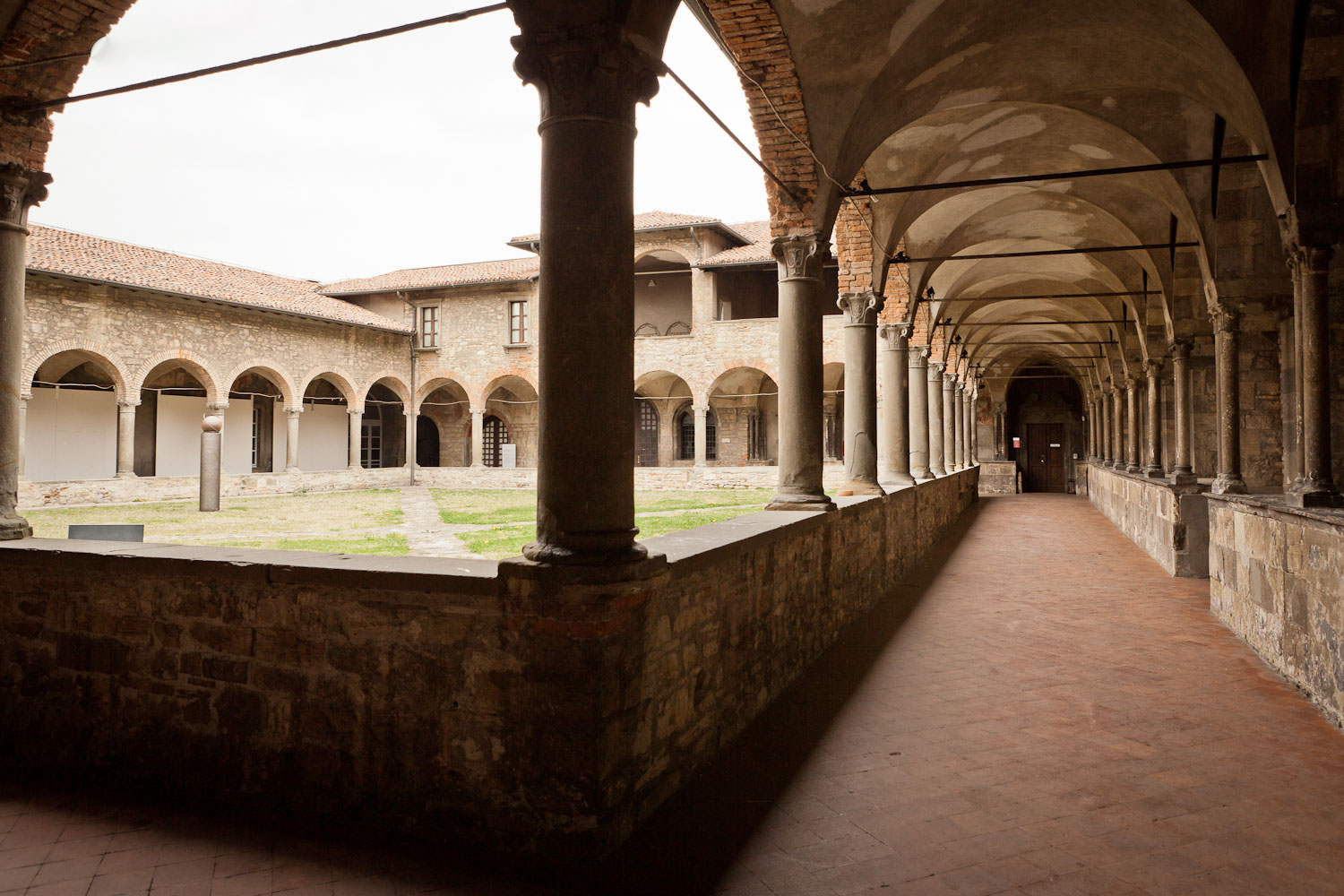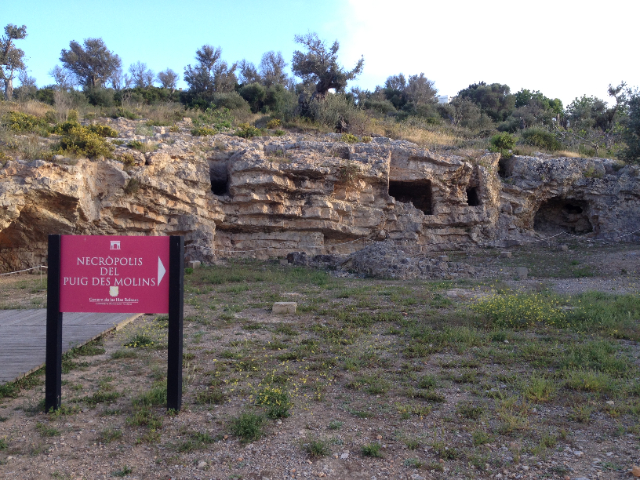Gwalior, a historic city in the northern part of the Indian state of Madhya Pradesh, is renowned for its imposing hilltop fort. Gwalior Fort, often referred to as ‘the pearl amongst fortresses in India,’ is a testament to the city’s rich and vibrant history. This description was famously given by the Mughal emperor Babur, highlighting the fort’s architectural and strategic significance.
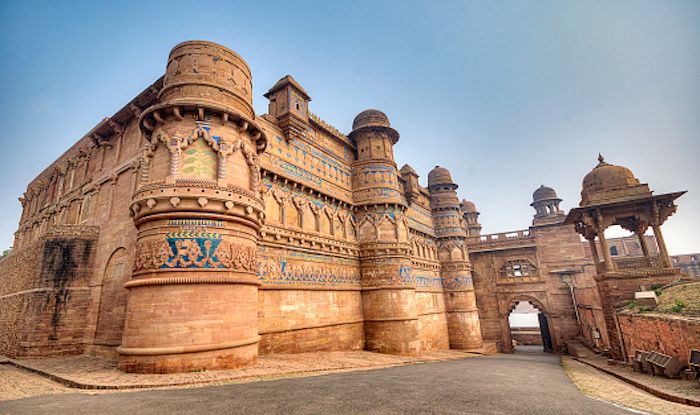
Architectural and Historical Significance: Gwalior Fort is an architectural marvel, reflecting various periods of Indian history through its construction and the different styles present in its structures. The fort has seen numerous rulers, each leaving behind a legacy in the form of palaces, temples, and monuments adorned with intricate carvings and stunning frescoes.
Among its many attractions are the Teli ka Mandir, a Pratihara Vishnu temple, and the intricately carved Sas-Bahu temples dedicated to Vishnu.
Strategic Importance: Strategically situated on a steep mass of sandstone, Gwalior Fort dominates the cityscape and provides a panoramic view of the entire Gwalior town. Its location made it a formidable fortress that was difficult to conquer and was thus an important asset for the ruling powers.
Cultural Heritage: The fort is not just a military structure but also a cultural hub that has housed music legends like Tansen, one of the nine jewels in Akbar’s court. The annual Tansen Music Festival, which is held near the fort, celebrates his contribution to Indian classical music and attracts music enthusiasts from across the globe.
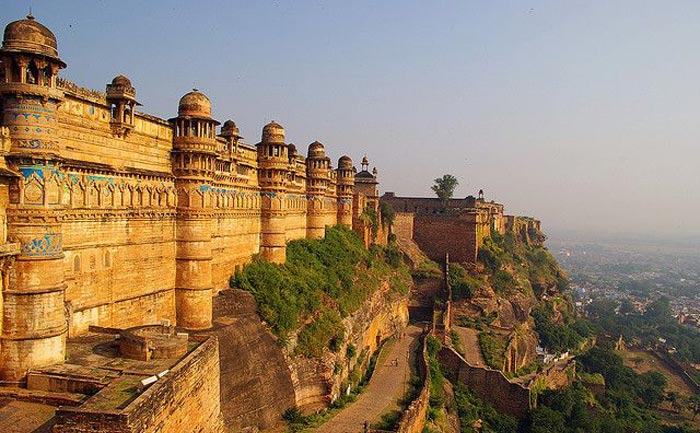
Visiting Gwalior Fort offers a glimpse into the grandeur of India’s medieval past and its continued cultural significance. It remains one of the most majestic forts in India, attracting scholars, history buffs, and tourists alike.
